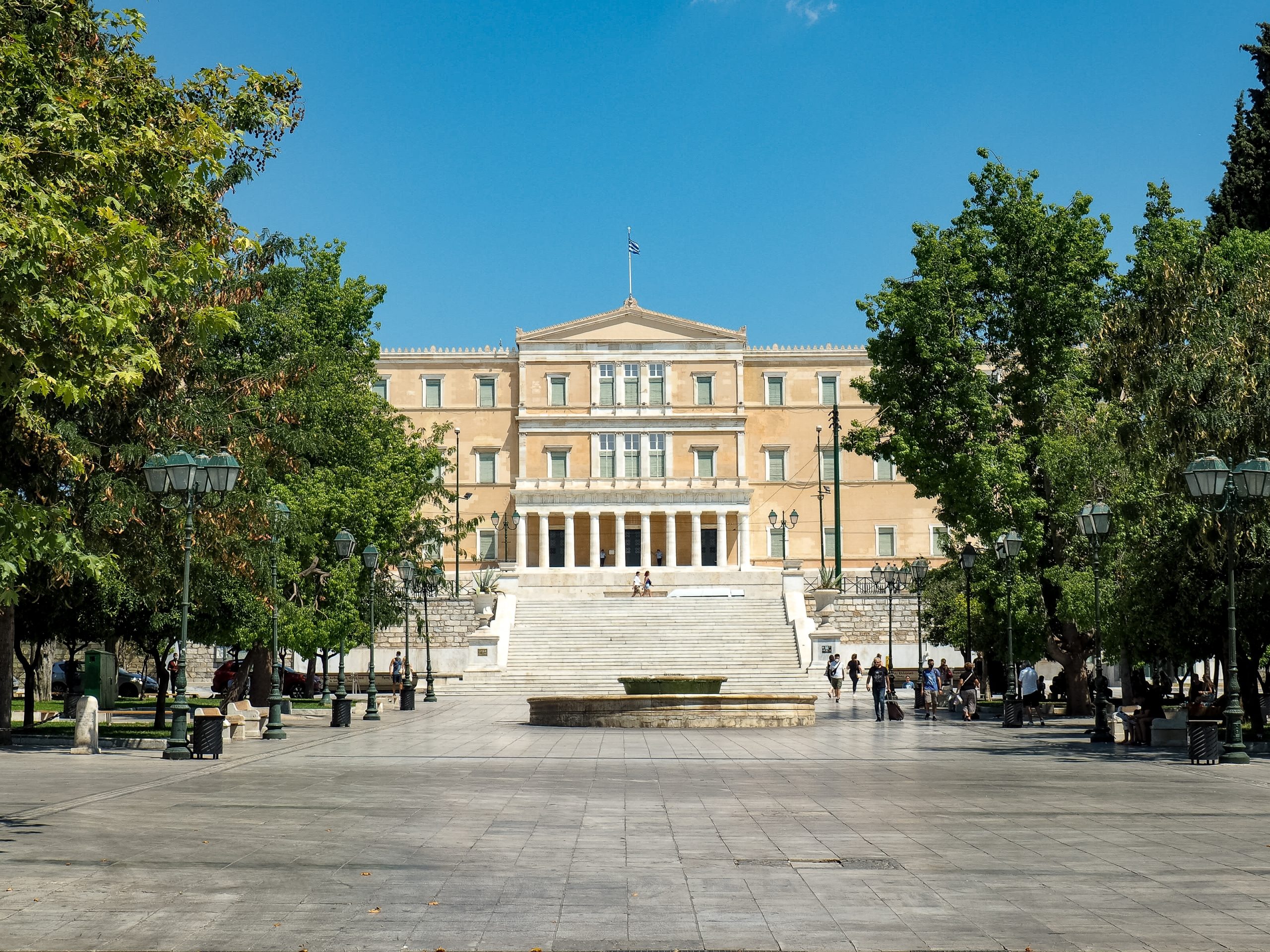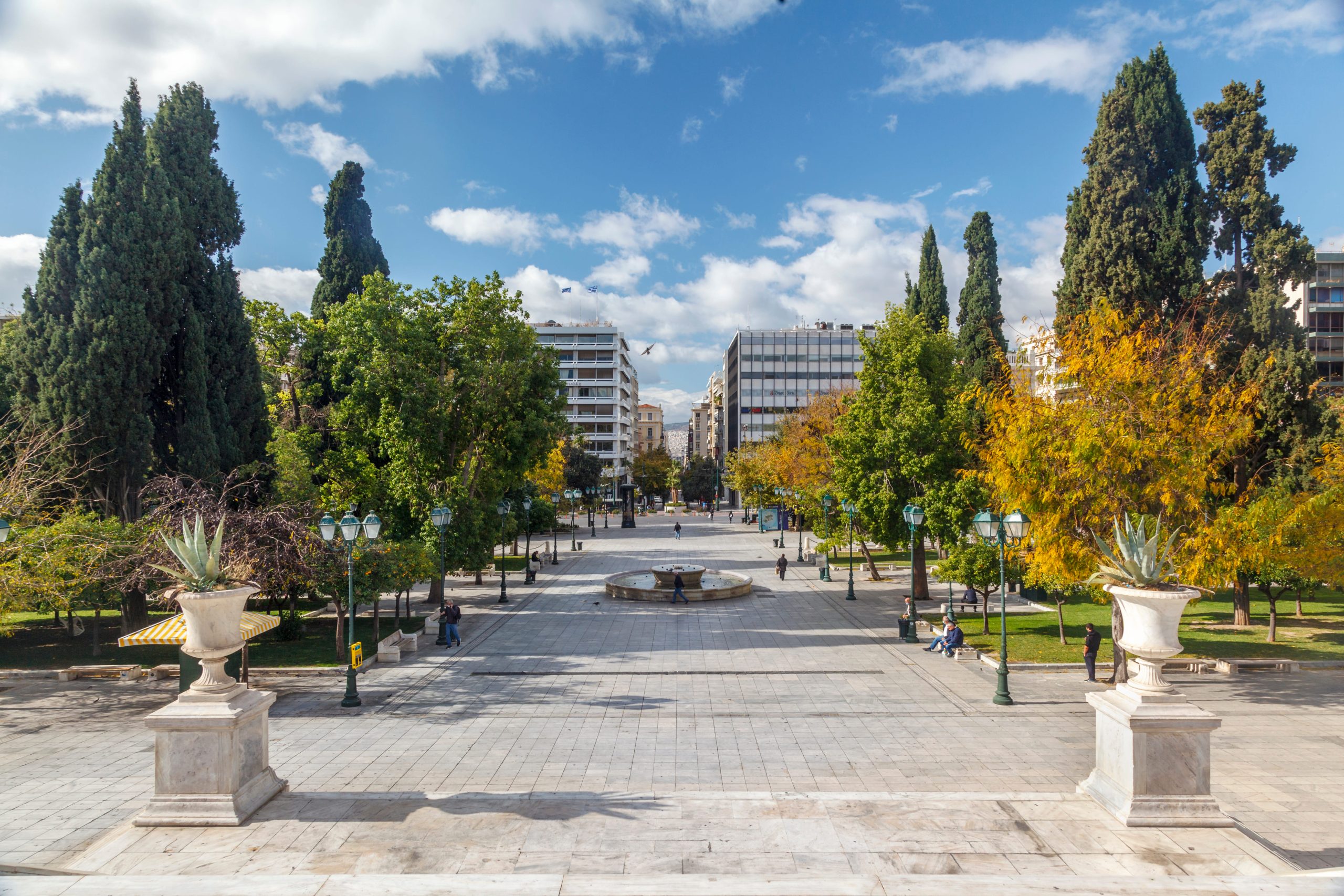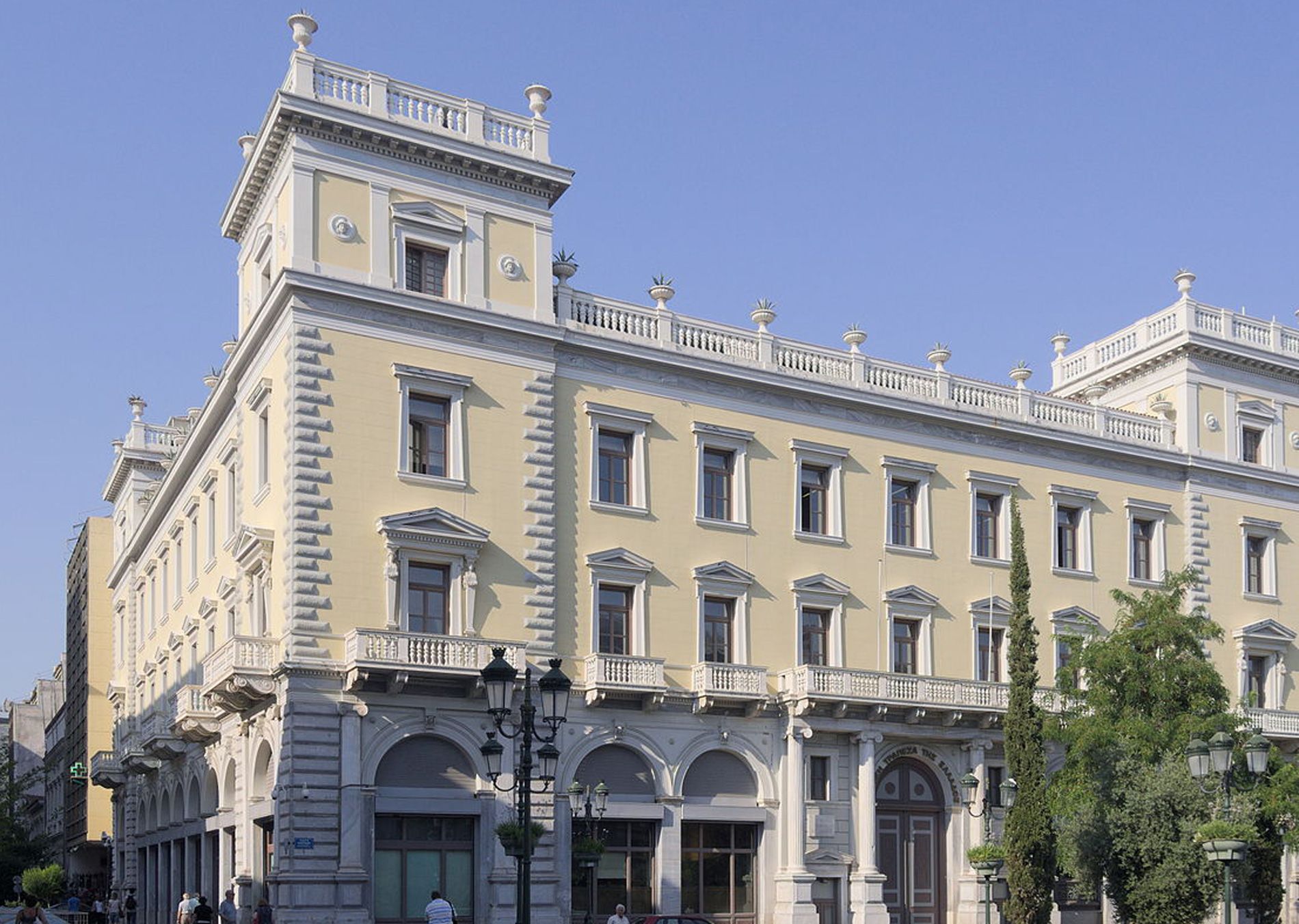Outdoor Exhibition Area at Syntagma Square
Useful
Information
Syntagma Square, Pl. Syntagmatos, Athina 105 63, Greece
Informations
Address:
Syntagma Square, Pl. Syntagmatos, Athina 105 63, Greece
Outdoor Exhibition Area at Syntagma Square
Today, passengers and visitors of Syntagma Square can admire in the outdoor exhibition area the findings of the two grave enclosures from the 4th century BC. These findings and other exhibits, such as the two burial enclosures made of large conglomerate blocks and the two sarcophagi, were removed during the construction of the metro station, and were repositioned slightly beyond their original location.
A part of the Peisistratus Aqueduct, which dates back to the beginning of the 6th century BC, is preserved on the premises of the metro station. It consists of a deep rock-hewn well, which contained terracotta conduits with decorative bands. The conduit joints were sealed with lead, and their walls had semicircular cut-outs for cleaning and maintenance. A T-shaped joint of two aqueduct conduits of different diameter was also discovered here.






